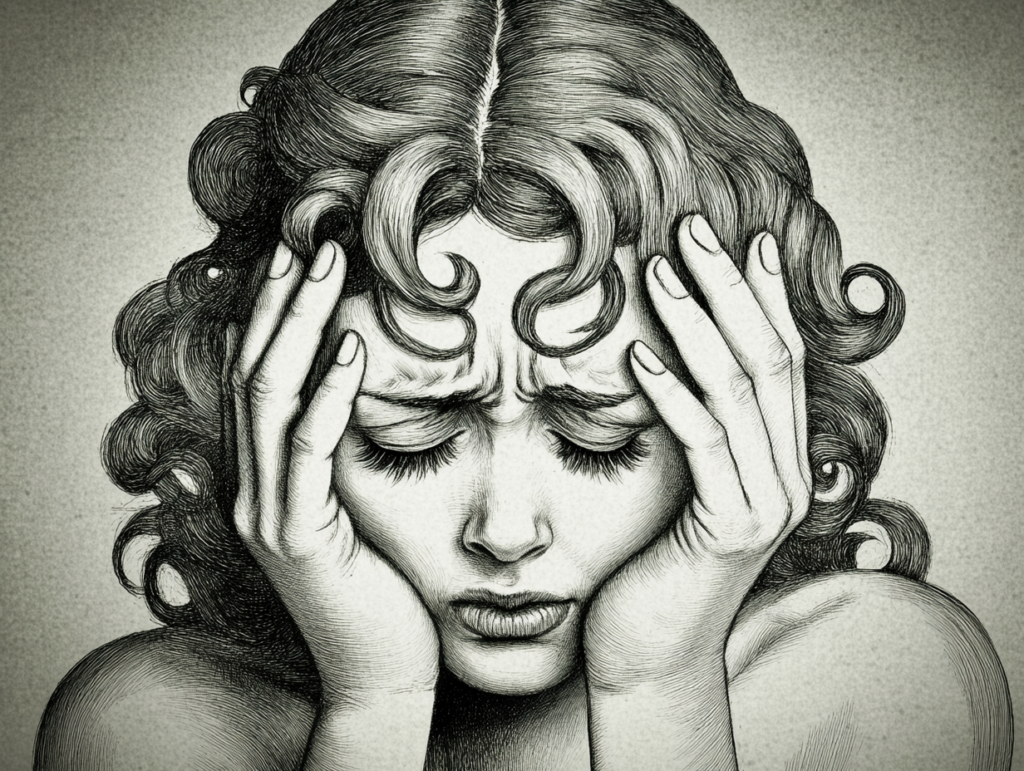Understanding Signs, Symptoms, Treatment, and Outlook after Ischemic Stroke
An ischemic stroke is a serious medical emergency. Ischemic stroke occurs when blood flow to the brain is blocked, typically by a blood clot or fatty deposits inside blood vessels. As the most common type of stroke, accounting for approximately 87% of all cases, understanding its signs, symptoms, treatment options, and long-term outlook is crucial for prevention and recovery.
What are the Symptoms of an Ischemic Stroke
Recognising the signs of an ischemic stroke quickly is vital, as prompt treatment can significantly improve outcomes. The most common symptoms include:
Sudden Onset of Ischemic Stroke:
- Facial weakness or drooping, particularly on one side
- Arm or leg weakness or numbness, usually on one side of the body
- Speech difficulties, including slurred speech or trouble understanding others
- Vision problems, such as dimness or loss of vision in one or both eyes
- Severe headache with no known cause
- Dizziness, balance problems, or difficulty walking
- Confusion or memory problems
It’s important to note that these symptoms often occur suddenly and can vary in severity. The Australian Stroke Foundation promotes the “FAST” acronym to help people quickly identify stroke symptoms:
- F (Face): Ask the person to smile. Does one side droop?
- A (Arms): Ask them to raise both arms. Does one drift downward?
- S (Speech): Ask them to repeat a simple phrase. Is their speech slurred or strange?
- T (Time): If you observe any of these signs, call emergency services immediately.
Treating Ischemic Stroke
The treatment of ischemic stroke focuses on restoring blood flow to the brain as quickly as possible. The primary treatments include:
1. Intravenous Thrombolysis
- Clot-busting drugs (e.g., alteplase or tenecteplase) are administered intravenously within 4.5 hours of symptom onset.
- These medications work to dissolve the clot and restore blood flow.
2. Endovascular Clot Retrieval (ECR)
- Also known as thrombectomy, this procedure involves physically removing the clot using a catheter.
- It can be performed up to 24 hours after symptom onset in select patients.
3. Antiplatelet Medication
- Drugs like aspirin are often started early after an ischemic stroke to prevent further clot formation.
4. Blood Pressure Management
- Controlling blood pressure is crucial in the acute phase and for long-term prevention of recurrent strokes.
5. Rehabilitation
- Starts as early as 24 hours after the stroke, depending on the patient’s condition.
- Involves a multidisciplinary team including physiatrists, neurologists, physical and occupational therapists, and speech-language pathologists.
Outlook and Recovery
The outlook after an ischemic stroke can vary significantly depending on factors such as the stroke’s severity, location, and how quickly treatment was received. Here’s what you might expect:
Short-term Stroke Recovery (First Few Months)
- The most rapid recovery typically occurs within the first three to four months post-stroke.
- Many patients spend about 5-7 days in the hospital for initial treatment and stabilization.
- Intensive rehabilitation often begins during this period, focusing on regaining lost functions.
Long-term Stroke Recovery and Effects
- Physical Effects:
- Weakness or paralysis, often on one side of the body
- Sensory loss, including numbness or difficulty recognizing objects by touch
- Balance and coordination problems
- Fatigue, which may persist long after returning home
- Cognitive Effects:
- Memory problems
- Difficulty with attention and concentration
- Challenges in problem-solving and decision-making
- Potential language difficulties (aphasia) if the stroke affected language centers
- Emotional and Psychological Effects:
- Depression, affecting up to one-third of stroke survivors
- Anxiety
- Emotional lability (rapid, often exaggerated changes in mood)
- Personality changes
- Functional Recovery:
- About 50-70% of stroke survivors regain functional independence
- Up to 90% of patients in some studies report being independent for all activities of daily living in long-term follow-ups
- Risk of Recurrence:
- Survivors have an increased risk of future strokes, emphasizing the importance of secondary prevention measures
What to Expect If You Have an Ischemic Stroke
If you experience an ischemic stroke, your journey might look like this:
- Emergency Treatment: Immediate medical attention, potentially including thrombolysis or thrombectomy.
- Acute Hospital Stay: 5-7 days of monitoring and initial rehabilitation.
- Intensive Rehabilitation: Starting as early as 24 hours post-stroke, continuing for weeks to months.
- Ongoing Recovery: The most significant improvements often occur in the first 3-6 months, but recovery can continue for years.
- Adaptation: Learning to manage any lasting effects and adapting your lifestyle to prevent future strokes.
- Regular Follow-ups: Continuous medical care to manage risk factors and monitor recovery.
Remember, every stroke and every recovery is unique. While some effects may be long-lasting, many stroke survivors go on to lead fulfilling lives with proper care, rehabilitation, and support. The key to the best possible outcome is recognizing stroke symptoms early and seeking immediate medical attention.
Read: Stress and My Stroke
